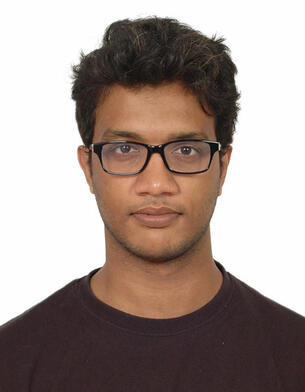Ron Mangalam Jacob is defending his thesis for the degree philosophiae doctor (PhD) at the University of South-Eastern Norway.

He has completed the ph.d. programme in process, energy, and automation engineering at the Faculty of Technology, Natural Sciences and Maritime Sciences at campus Porsgrunn.
You are welcome to follow the trial lecture and the public defence on campus or Zoom.
Summery
Around two thirds of the CO2 emissions from the cement industry come from calcining limestone in the clinker production process. Through the calcination reaction, limestone decomposes into lime and CO2. In a regular cement plant, this CO2 is mixed with exhaust gases from combustion fuels providing the energy required for calcination. So, if the CO2 is to be captured, it must be separated from the other gases. This separation process is energy demanding and requires a separate capture plant.
As an alternative to the method described above, this work involves CO2 capture integrated with the production process: Electrification of the calciner is applied to eliminate fuel combustion and produce pure CO2, which may then be sent for utilization or storage without the need for a separate capture plant.
Most of the calcination reaction happens in the calciner, and this work aims to find a suitable design for this reactor. Several calciner designs are studied by assessing the impact on the production process, the technical feasibility, and the efficiency.
A cement clinker production model is developed and validated against full-scale experimental results. Then two different electrified rotary calciners, one with internal heating and another one with external heating, are studied both experimentally and by mathematical modelling. The internally heated rotary calciner is a novel concept developed during this work. Furthermore, a fluidized bed calciner is studied experimentally at cold conditions and by simulations at hot conditions.
The results show that the CO2 emissions can be reduced by around 78% by using an electrified calciner instead of a coal-fired calciner, provided that a clean source of electricity is available. It is concluded that the fluidized bed calciner design is a more suitable reactor for electrification as it requires less energy than rotary calciners.
Suggested further work is to build an electrified fluidized bed calciner rig to conduct experiments at high temperature and verify the promising results obtained in this doctoral workge arbeid.
